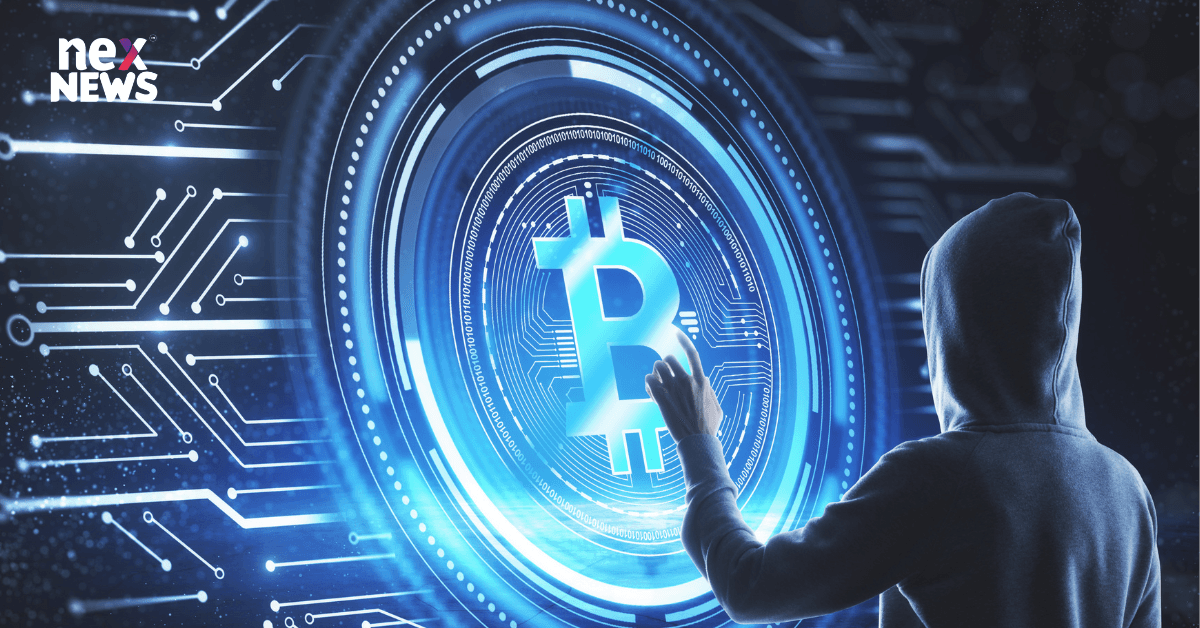In the ever-evolving landscape of the internet, we've witnessed remarkable transformations that have shaped the way we interact, communicate, and do business. From the static pages of Web 1.0 to the dynamic user-generated content of Web 2.0 and the promising advancements of Web 3.0, the internet has journeyed through significant stages. In this article, we'll delve into the key differences between Web 1.0, Web 2.0, and Web 3.0, and explore the implications they hold for the future.
Web 1.0: The Static Web Era
Web 1.0, often referred to as the "Read-Only Web," marked the initial phase of the internet. During this period, web pages were static, providing basic information without user interaction. HTML was the primary language used for coding, and websites were limited in terms of multimedia and engagement. The focus was on delivering information rather than enabling collaboration.
Web 2.0: The Rise of User Interaction
Web 2.0 brought a seismic shift by introducing the concept of the "Read-Write Web." With the advent of social media platforms, online forums, and blogging, users became active participants, generating content, sharing ideas, and engaging in conversations. This era fostered collaboration, interactivity, and user-generated content, resulting in a more dynamic and engaging online experience.
Web 3.0: The Semantic and Decentralized Web
Web 3.0, often referred to as the "Semantic Web" or "Decentralized Web," is shaping the internet's future. It envisions a web where data is interconnected, facilitating machine understanding and automation. The integration of artificial intelligence, blockchain technology, and semantic search allows for more intelligent, personalized, and secure interactions.
User Experience and Interactivity
Web 1.0 lacked interactivity, offering limited options for user engagement. Web 2.0 introduced user-generated content, fostering a sense of community and interaction. In Web 3.0, the focus shifts to context-aware applications, where content adapts to users' preferences and needs.
Content Creation and Sharing
While Web 1.0 featured static websites with one-way information flow, Web 2.0 empowered users to create, share, and collaborate on content. Web 3.0 emphasizes AI-assisted content creation and decentralized platforms, enabling content creators to directly connect with consumers without intermediaries.
Data and Privacy
Web 1.0 had minimal user data collection, whereas Web 2.0 saw increased data accumulation for targeted advertising and personalization. In Web 3.0, data ownership and privacy take center stage, with users having more control over their data and its usage.
Artificial Intelligence Integration
Web 3.0 harnesses AI for personalized experiences and automation. Intelligent chatbots, voice assistants, and recommendation systems enhance user engagement and efficiency.
Internet of Things (IoT) Connectivity
Web 3.0 envisions seamless integration between physical devices and the internet. IoT devices communicate and collaborate, leading to smarter homes, cities, and industries.
E-commerce and Online Transactions
E-commerce evolved from static product listings (Web 1.0) to interactive shopping experiences (Web 2.0). Web 3.0 introduces secure and transparent blockchain-based transactions, reducing fraud and enhancing trust.
Mobile Compatibility
Web 2.0 introduced mobile-responsive design, making websites adaptable to different devices. Web 3.0 further optimizes user experiences for a variety of interfaces, including wearables and augmented reality devices.
Search Engine Optimization (SEO) Strategies
SEO strategies transitioned from keyword stuffing (Web 1.0) to quality content and backlinks (Web 2.0). Web 3.0 emphasizes semantic search, rewarding contextually relevant and authoritative content.
The Future of the Internet: Anticipating Web 4.0?
As we envision the future, the concept of Web 4.0 emerges—an internet seamlessly integrated with AI, extended reality, and biotechnology, revolutionizing the way we interact and experience the digital realm.
Conclusion: Embracing the Future of Connectivity
The journey from Web 1.0 to Web 3.0 reflects the dynamic nature of the internet. Each phase has brought innovations that reshape how we connect, learn, and transact. As we stand at the brink of Web 3.0, the possibilities of the Semantic Web and decentralized technologies pave the way for a more intelligent and secure online ecosystem.


POST A COMMENT (0)
All Comments (0)
Replies (0)